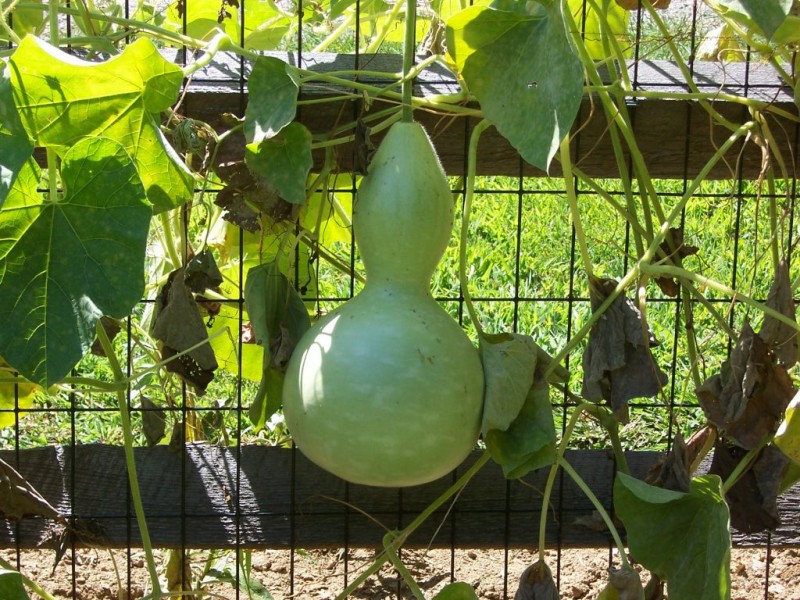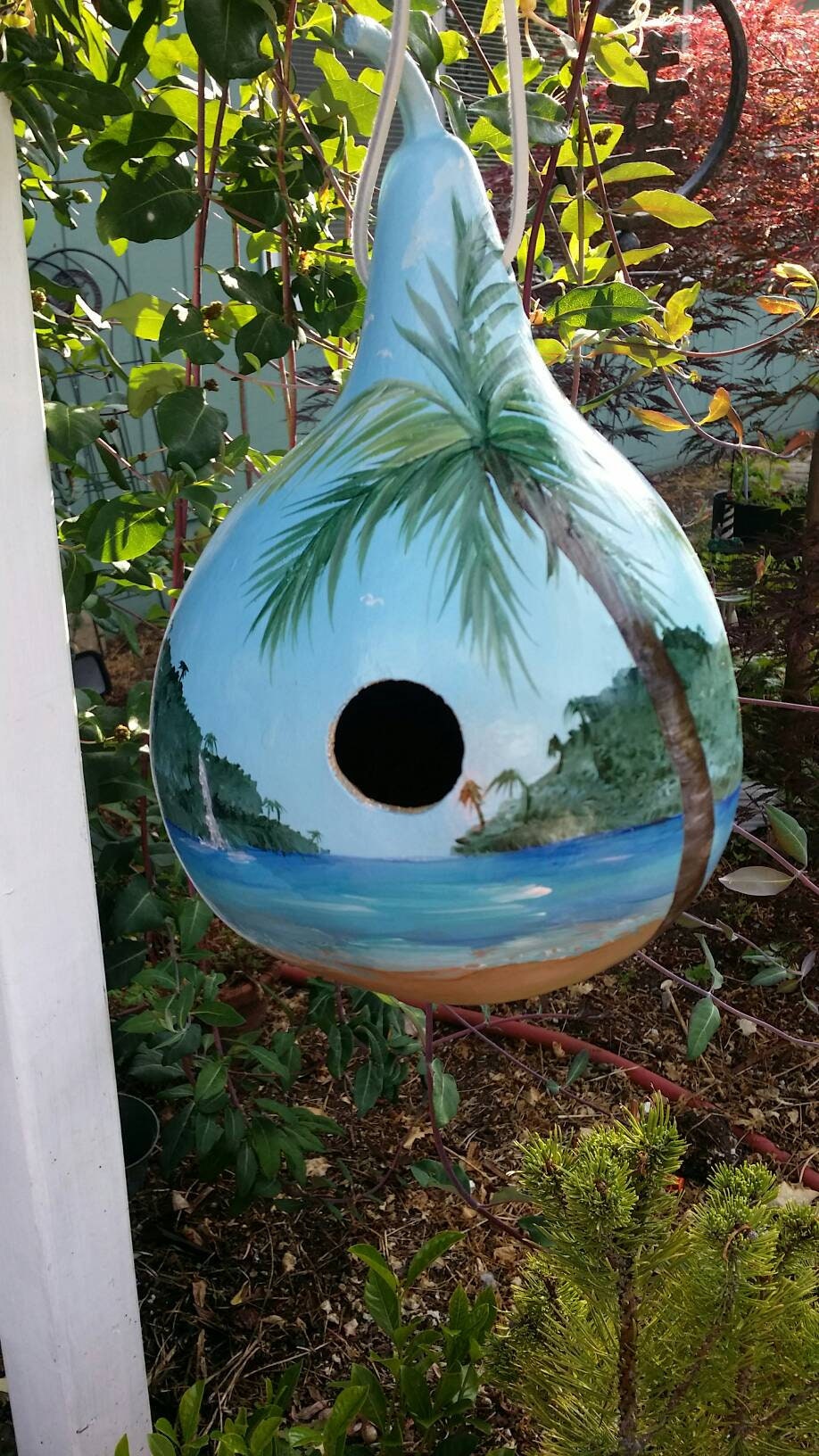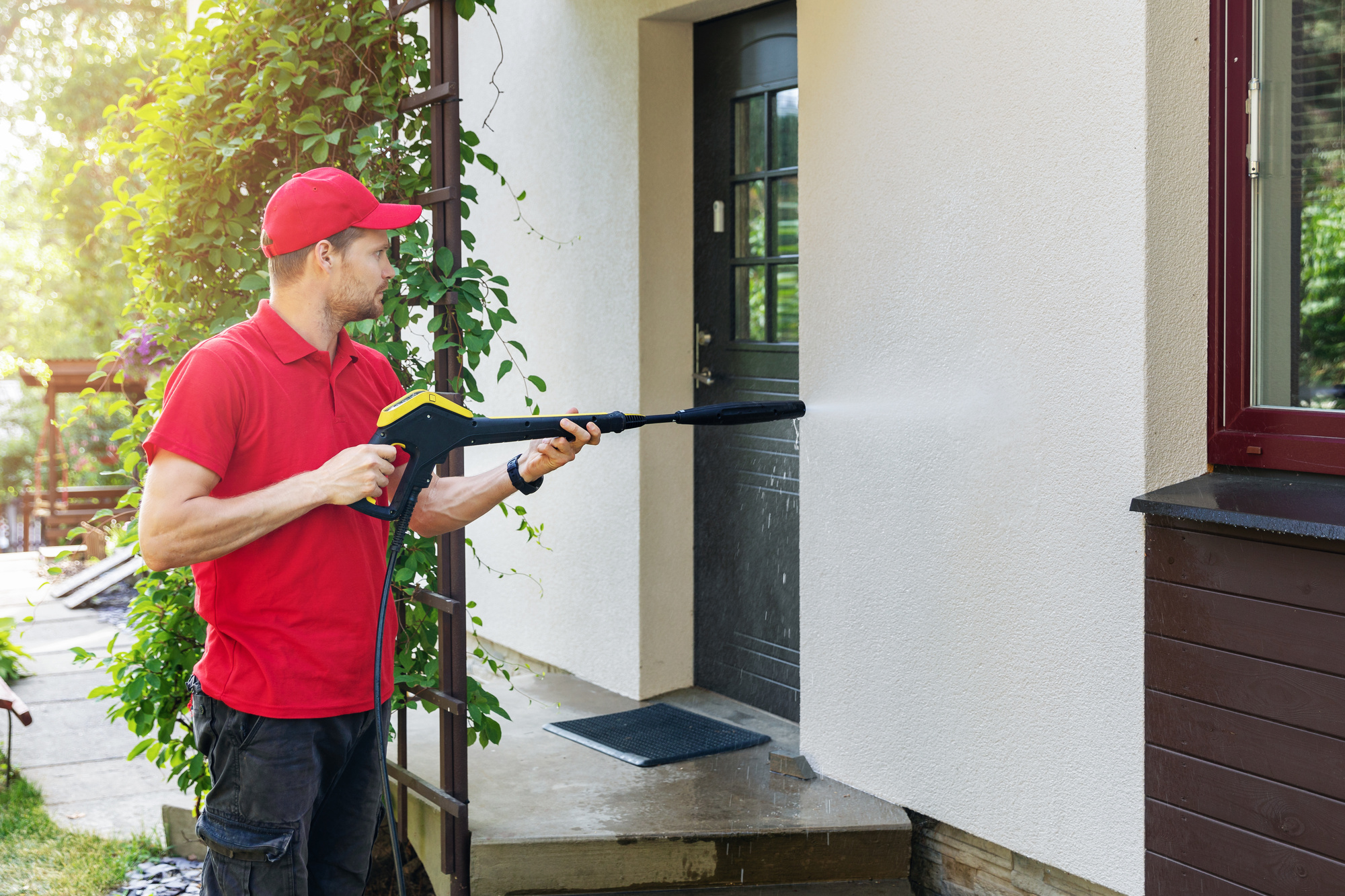Table Of Content

In the future, I will always allow the right amount of room for my gourds to grow. Plant your gourd seeds out in the garden, once the danger of frost is over in spring. I like to start with a rough sandpaper around 150ppm and end with a smooth one around 220ppm.
Drying Gourds Indoors vs. Drying Gourds Outdoors
Its vines may reach lengths of 16 feet or more, and can grow on the ground, along fences, over arbors and pergolas, or up teepees and trellises.
How to Grow and Care for Luffa
Again, refer to the chart to determine how high to place the opening as height varies by species. I penciled in the opening and used a one-inch Milwaukee Hole Dozer bit. Start by sanding off the papery skin on the gourd using a 220 grit sandpaper. Once you have it sanded, use the finer 400 grit to polish it up. Use a tack cloth or rinse the gourd to remove the dust.

If you hang your finished craft project…
For this idea to work, you need a hard shell gourd, white paint, a sock, ribbon, acrylic paint, glue, scissors, and a fine-tip paintbrush. Spray your snowman gourd birdhouse with lacquer, paint, or clear sealer to protect the color and the gourd from the elements. It’s spacious, and birds fly from miles to roost and raise chicks in it. Besides, its simplicity and the colors on a red-dyed gourd will blow your mind.
Early weeding is necessary but as they grow the garden becomes a thick carpet of green and the weeds are quite easily managed. The vines trail off about 10 or more feet from where they are planted. We have only had to water the gourds a few times a year when it gets very dry in mid-summer. Birdhouse gourds make an ideal gardening project for the whole family. The hard-shelled hanging fruits are not edible but are wonderful for craft projects such as creating decorative homes for the birds.
It will continue to feed the gourd to optimal maturity, and is also handy for suspending it to dry out. Now that we’ve discussed cultivation and troubleshooting pests and disease, it’s time to reap the rewards of our labors. And be sure that when you grow squash of any kind, you remember to rotate locations yearly to avoid pests and diseases that can winter over in the soil. For more information, see our complete guide to growing squash.
Purple martins combat bluebird envy - Savannah Morning News
Purple martins combat bluebird envy.
Posted: Thu, 03 Jul 2008 07:00:00 GMT [source]
How to Grow
Anyway, you can learn a lot of things in a few minutes tooling around the club's website. These gourds are shaped into vases, perfect for holding dried flowers. You can buy a variety of gourds from Martha's Gourds.
Don’t forget to visit our sister sites!
The flowers lure beneficial insects to your yard, helping to give you a great food harvest. You then get your crafty hat on and create a masterpiece of a home for the birds and hang them up. The next growing season, you have birds using the condos and acting as vegetable sentries as they eat thousands of bug pests in your garden.
Types of Luffa
To start, you’ll need one hard-shell gourd, also known as a bottle gourd or birdhouse gourd. Harvest a hard-shell gourd when the vine has withered. It’s best to cut the stem with pruning shears so you don’t bruise it. A good purple martin gourd has a diameter of about 8 to 13 inches. Wash it thoroughly in water, rinse in a solution of 1 part disinfectant (bleach works fine) and 10 parts water, and dry it with a towel.
'Mother of Purple Martins' Restores Cape's Bird Population - WCAI
'Mother of Purple Martins' Restores Cape's Bird Population.
Posted: Thu, 14 May 2020 07:00:00 GMT [source]
If you notice a lack of bees, consider hand pollination when the plants are flush with flowers. Male and female flowers look similar, but male flowers grow on a long stalk and are usually the first to appear. The female flower grows on a short stalk (peduncle) but has an ovary in the shape of the fruit. Luffa is an annual plant and is only propagated by seed. However, crop and fruit production is only possible by pollinating the plant's flowers during the growing season. Grow them on a trellis like those used for cucumbers and pole beans, as long as the frame is strong enough to support the weight of the mature luffa gourds.
Since the gourds float I lay a wet cloth over the exposed side so that the whole gourd is getting soaked. If there are a few stubborn spots let it soak for 10 more minutes and scrub again. You can use steel wool cautiously being for very stubborn spots. The black spots can be very tough to remove but most others easily come off. Many of my finished birdhouses incorporate the natural patterns in the art yet for others I want the plain yellow gourd as my canvas. Depending on your final goals the prep work varies.
In other places, it’s called Long melon, calabash, Opo, or Cucuzza. They have long, thin, curving necks with round, bulging ends suitable for creating a birdhouse. If the gourd has any divets that will be painted over you can fill them in with some wood filler and sand smooth. I like to finish with a quick bleach bath (1 part bleach to 10 parts water) to sanitize and fully clean the gourd. In my yard, where there are lots of squirrels, I try to get to collect the gourds as early as possible.
Handle the gourds carefully because they bruise easily at this stage. Wipe off any moisture and keep them in a cool and airy place to dry for maybe 3 months. It’s hard to say exactly how long it will take for them to fully mature, but suffice it to say; the smaller ones will be ready faster, etc. If mold appears, just scrape it off with a knife. If any of the gourds get soft or mushy – toss it into the compost pile (because I know you have a compost pile).
After years of growing gourds, the only pest that we noticed were cucumber beetles but they never did enough damage to worry about. I had mildew on my vines, as I seem to get on any plant from the Cucurbitaceae family in my urban yard, but it did not affect my gourds. I still got to harvest large healthy gourds even though the vine looked very sad by the end of the season. Of course, there are methods (even organic ones) to deal with mildew but for me, I found it unnecessary. Use a hole saw to drill the entry hole in the gourd. When drilling, it helps to brace the gourd against something so it doesn’t roll.
To grow these gourds you will need to have good weather where you live. While you’re planting food and flowers in your garden, why not plant a garden craft, as well? Birdhouse or bottle gourds (Lagenaria siceraria) are one of the thick-skinned gourds that are mainly grown for crafts or decoration. Use copper, brass or plastic-coated wire as a hanger for your house.
Around here, we usually have a guaranteed 5 months without frost which seems the perfect amount of time for the gourds to grow. Birdhouse gourds are in the Cucurbitaceae family along with pumpkins and squash. Here are two reputable sources of birdhouse gourd seeds, L.























